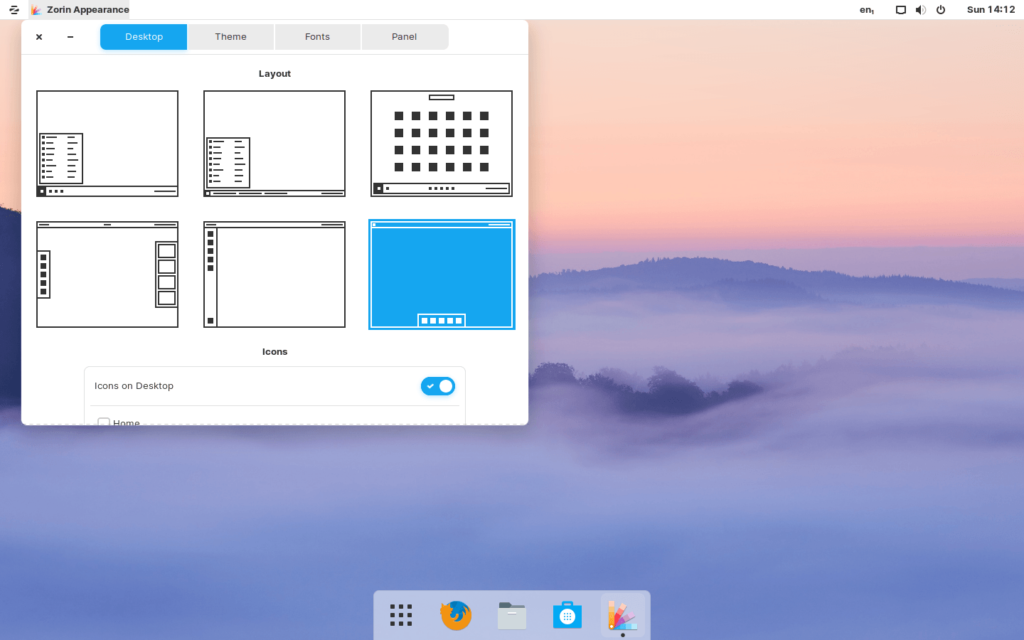

- #Macos years used runonly for five how to
- #Macos years used runonly for five professional
- #Macos years used runonly for five mac
Linux is known as a lifesaver able to breathe some life into old Macs.
#Macos years used runonly for five mac
I think that would be provide the best overall flexibility for most purposes.The heyday of your old Mac is over and it is just sitting there collecting dust? So, what to do with an old MacBook or iMac? Unless you want to turn it into a home decor item, you could use at least these 7 creative ways to turn it into something new. I've submitted a suggestion (I don't recall where at the moment) that Flow Authors should be able to set an action to run as the Author or the user executing the Flow. If nothing else, this disassociates the individual user from the email. However, we've worked around this by setting the "Send As" property to an O365 Group address or Shared Mailbox to which the Author has "Send As" permissions. The biggest issue we've run into using this method is that when emails are sent (and we have a LOT of workflows that send emails), they are sent as the Flow Author. In some situations, this is acceptable, and even advantageous, but obviously it's not always ideal. This is similar to how Impersonation Steps worked in SharePoint Designer 2010. So, actions taken are attributed to the author of the Flow. However, even in this case, the Flow is using the author's Connections. Users with Edit permission or higher can edit the Flow those with Contribute (the closest equivalent to read/write/execute permissions) can initiate or execute the Flow. Doing this causes the Flow to "inherit" (for lack of a better term) the permissions of the list. What has worked for us is adding SharePoint lists/libraries as owners. This severely limits the usefulness of Flow in our environment. In particular, this means Flows initiated using a "Flow Button", and NOT those with a "for selected items" trigger (even thought those are "manually triggered"). What I've learned is that the concept of "Run Only Users" only applies to "manually triggered" Flows.
#Macos years used runonly for five professional
And they are certainly not an adequate substitute for the documentation that Microsoft should provide itself, written by professional technical writers rather than amateur, good Samaritans with a we're very much in the same situation as you. So while both of these offer some help, neither comes close to really answering the question. So which combination of these equate to "read/write"? There is only add, edit, view, and delete.

However, in SharePoint, there is no such privilege as read or write. It makes quick reference to the fact that the user needs to have read/write access to the SharePoint list. But it does not help me understand why it does not seem to work for me when I have added a list. The second link at least points to something that attempts to explain what Flows is supposed to allow when adding a SharePoint list as a run-only user. It neglects to explain any of the other options related to the screens that are used to do this.
#Macos years used runonly for five how to
The first link points to an overly simplistic, half-baked explanation of how to add named users as run-only users of a flow. As I said in a different post, communities are no substitute for proper documentation, and this is a perfect example.


 0 kommentar(er)
0 kommentar(er)
